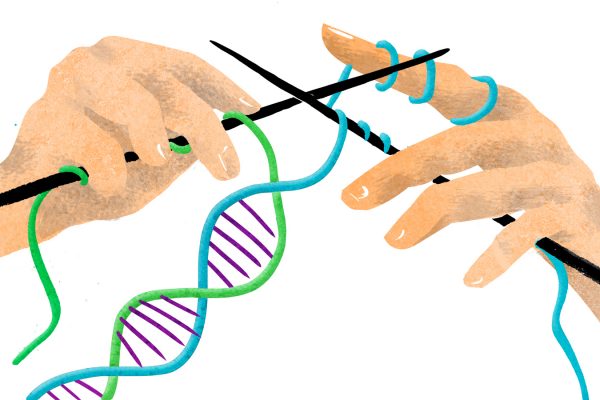Right-Handed Amino Acids: Can They Smack Down the Evolutionist’s Chirality Problem?
Featured as a back-of-page article in the CSABC Quarterly Letter of March 2015 by Richard Peachey It was my second year in college, about twenty years ago. I was taking a science degree, and I had helped to arrange a creation/evolution debate on campus. Late in the evening one of
Can Scientists Create “Life” in a Test Tube?
by Richard Peachey In what many consider to be a classical “origin of life” experiment, Stanley Miller synthesized some amino acids (building blocks of proteins) from a circulating mixture of gases hypothesized to represent Earth’s primordial atmosphere. Miller used an electrical spark to simulate a lightning-like energy source. Although this
What is the Most Serious Problem for All Evolutionary “Origin of Life” Theories?
by George Wald, Harvard biologist and Nobel laureate (Scientific American, Aug 1954, pp. 44, 49-50) “In the vast majority of the processes in which we are interested the point of equilibrium lies far over toward the side of dissolution. That is to say, spontaneous dissolution is much more probable, and
Chemical Evolution: The Problem Of Improbable Proteins
by Richard Peachey Living cells employ proteins to perform a variety of important functions, including catalysis, structure, storage, communication, movement, transport, gatekeeping, and defense. To construct proteins from amino acid “building blocks,” cells use very complex procedures. But evolutionists suggest that these key molecules originally came into being through naturalistic,
Evolution’s Biggest Problem!
by Richard Peachey [Featured as an advertorial in Cascade News, University of the Fraser Valley student newspaper, Nov. 13, 2009] Earlier this year [i.e., 2009], a British science journal “asked some of the world’s most eminent evolutionary biologists to identify the biggest gaps remaining in evolutionary theory” (New Scientist 201[2693]:41-43, 2009).





